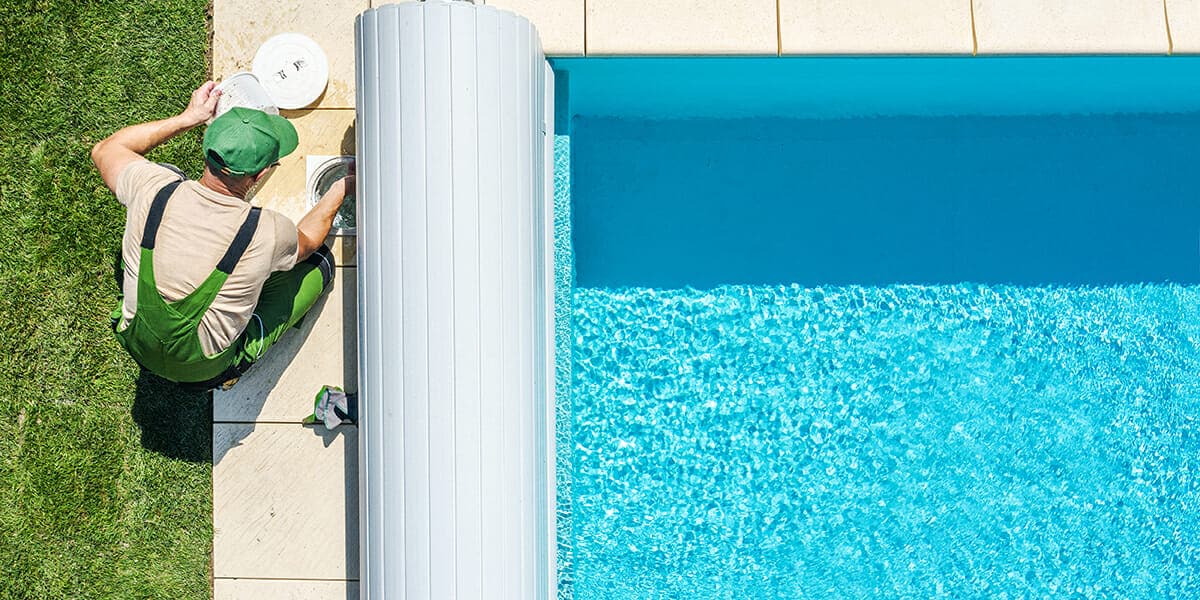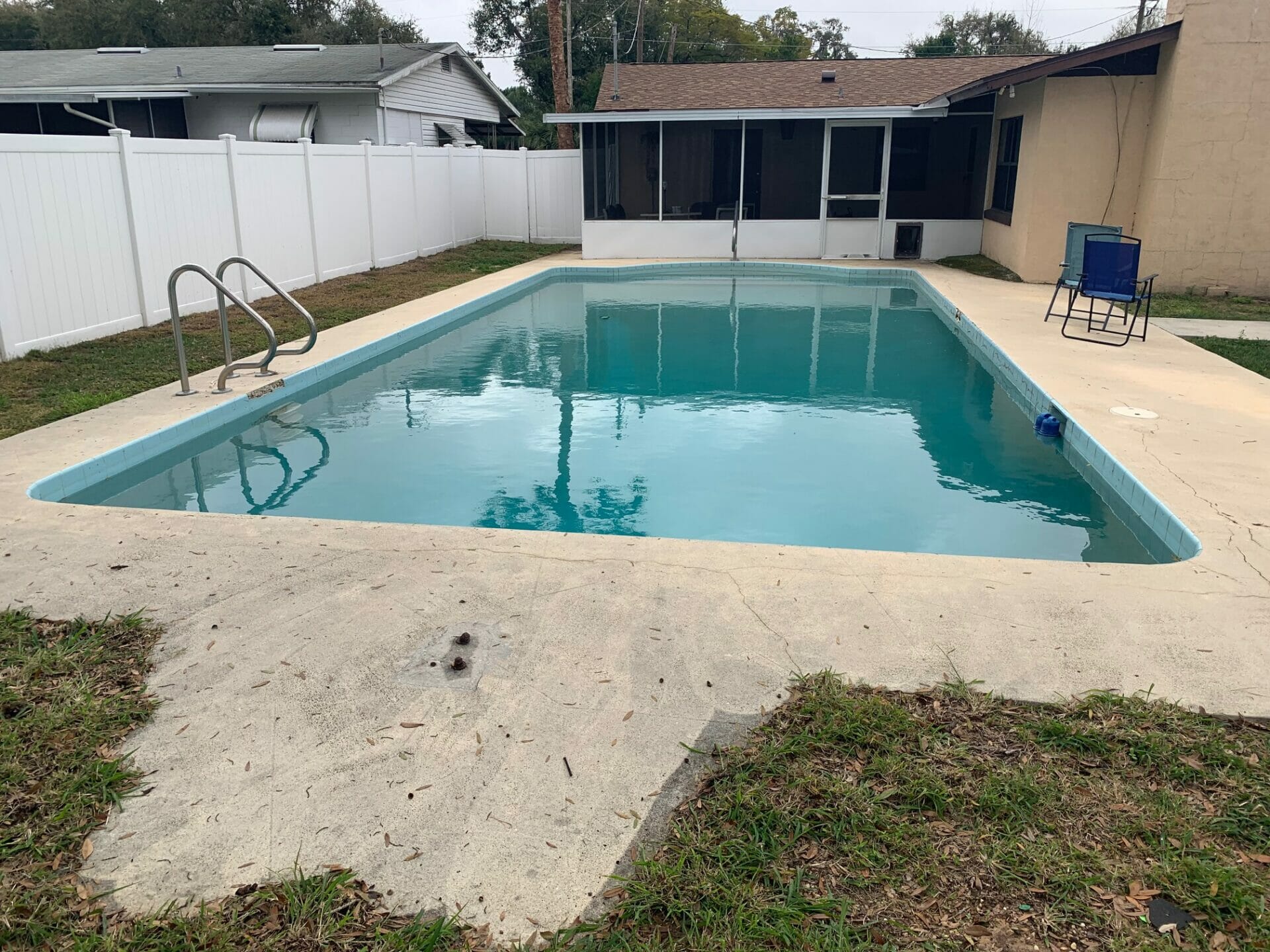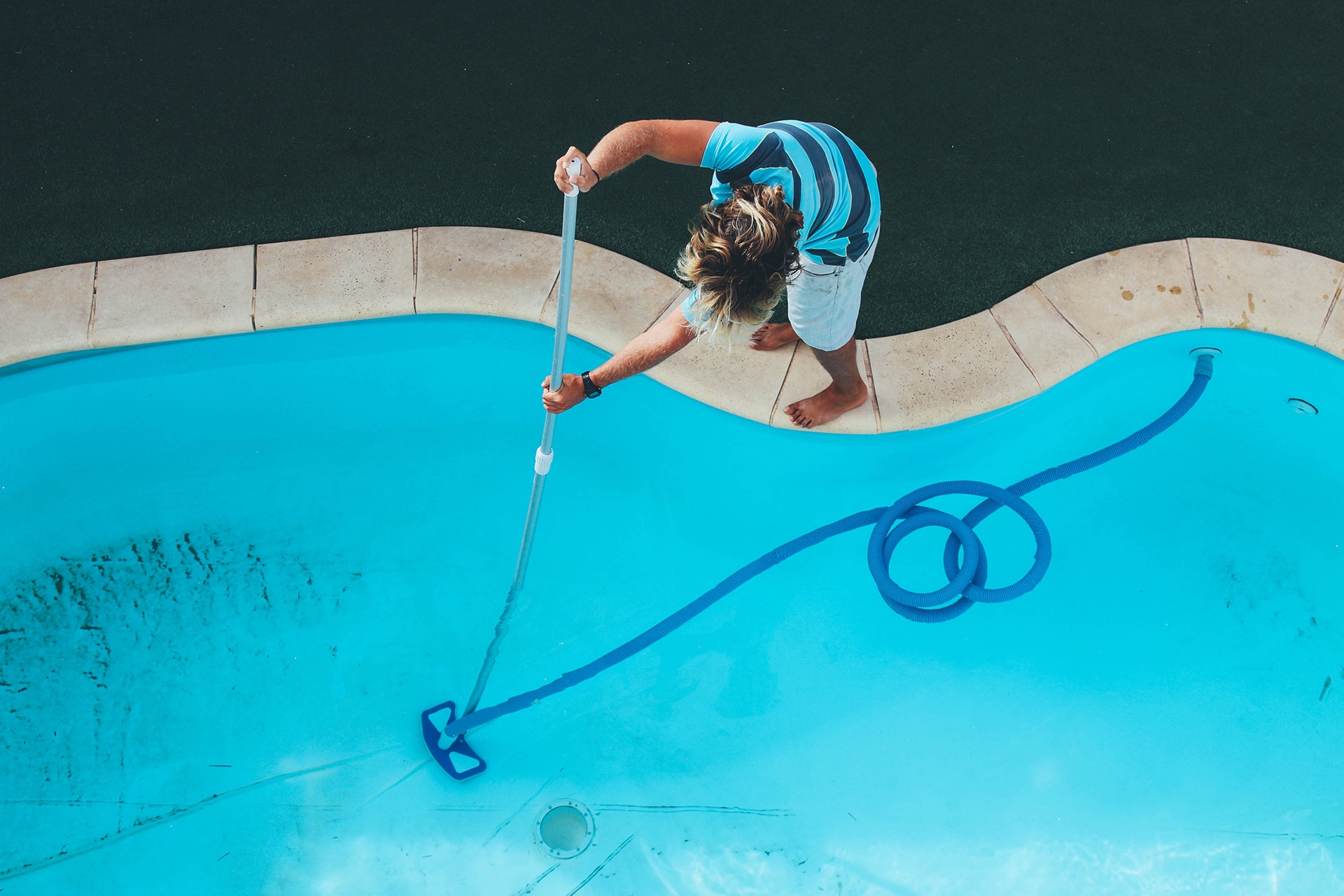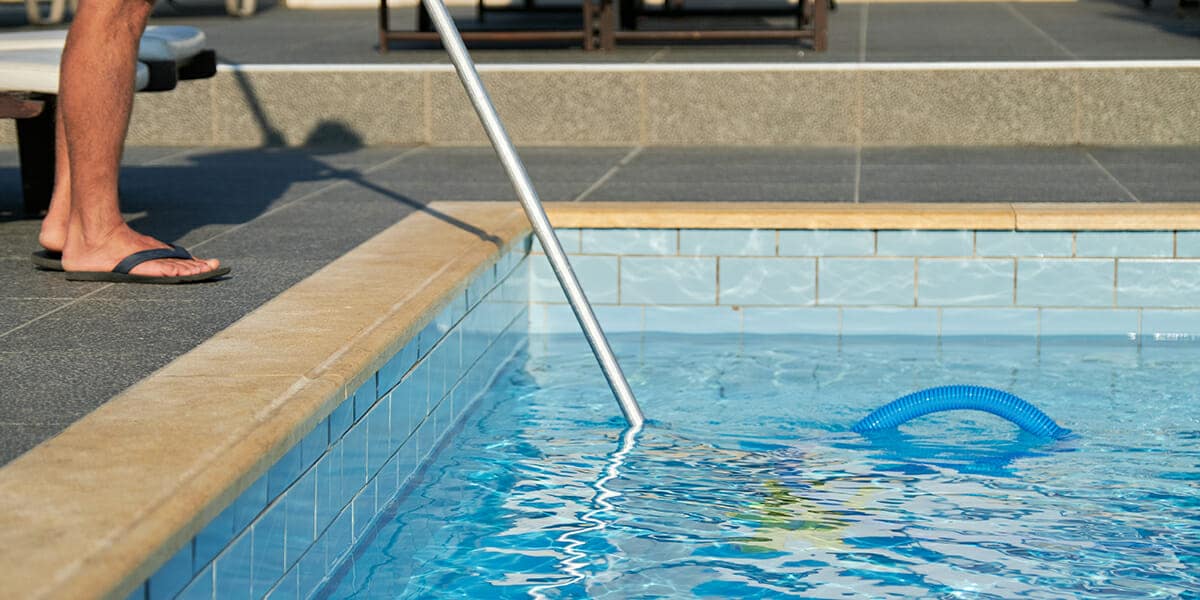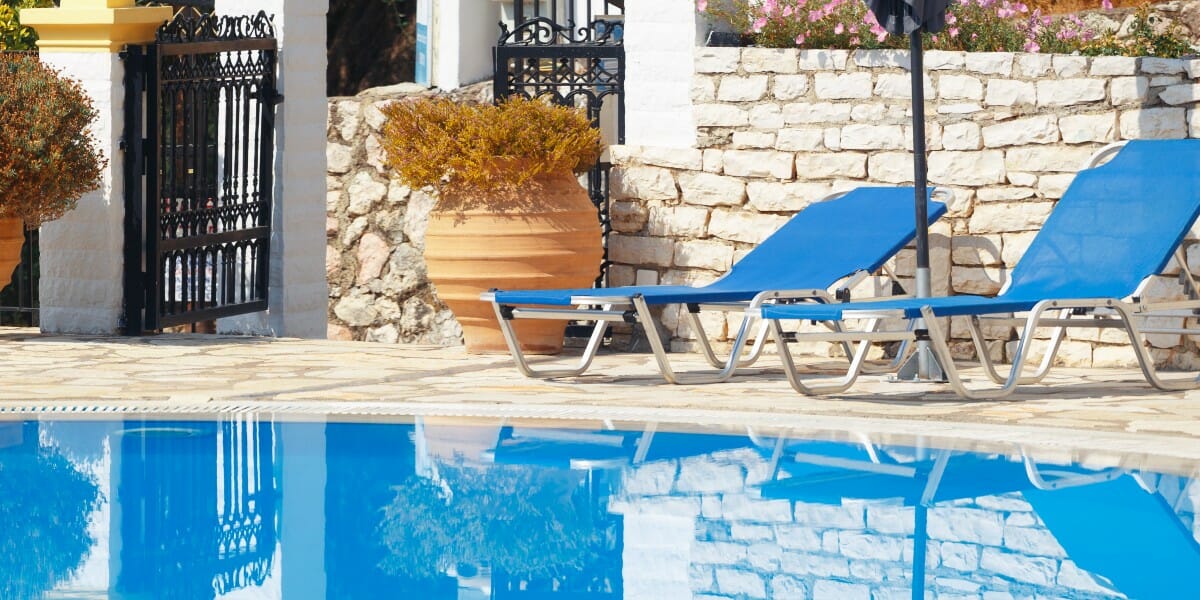Resurfacing a pool is an essential task that every pool owner faces at some point. It’s not just about maintaining the pool’s aesthetic appeal but also about ensuring its functionality and safety. Understanding the challenges of resurfacing a pool can help you prepare better and make informed decisions.
What is Pool Resurfacing?
Pool resurfacing involves applying a new finish or coating to the interior surface of a swimming pool. Over time, the original surface can deteriorate due to various factors such as wear and tear, chemical imbalances, and weather conditions. Resurfacing restores the pool’s appearance, smoothness, and functionality, ensuring a safe and enjoyable swimming experience.
Signs Your Pool Needs Resurfacing
Recognizing the signs that indicate your pool needs resurfacing can save you from more extensive and costly repairs down the line. Here are some common indicators:
- Visible cracks or chips: These can lead to leaks and further damage if not addressed promptly.
- Rough texture: A rough pool surface can be uncomfortable and even dangerous for swimmers.
- Stains: Persistent stains that do not respond to regular cleaning.
- Water loss: Unexplained water loss often indicates leaks in the pool’s surface.
- Discoloration or fading: A faded surface can make your pool look old and neglected.
The Process of Pool Resurfacing
Resurfacing a pool involves several steps, each with its own challenges. Here’s an overview of what the process typically entails:
- Draining the Pool: The pool needs to be completely drained to allow access to the surface.
- Surface Preparation: This involves cleaning the existing surface and repairing any cracks or damage. It’s a critical step to ensure the new surface adheres properly.
- Applying the New Surface: Depending on the chosen material, this step can vary. Common materials include plaster, quartz, pebble, and glass beads.
- Curing Time: After the new surface is applied, it needs time to cure before the pool can be refilled with water.
- Refilling the Pool: Once the curing process is complete, the pool is refilled, and chemicals are balanced to prepare it for use.
Challenges of Resurfacing a Pool
Understanding the challenges associated with resurfacing a pool can help you manage expectations and prepare adequately.
1. Choosing the Right Material
Each resurfacing material has its own set of benefits and drawbacks. The choice depends on various factors, including your budget, pool usage, and aesthetic preferences.
- Plaster: Affordable and smooth, but less durable compared to other materials.
- Quartz: Combines quartz aggregate with polymer-modified cement, offering durability and a smooth finish.
- Pebble: Highly durable with a textured finish, ideal for active pool-goers.
- Glass Beads: Provides a striking mosaic look and durability but can be more expensive.
2. Cost Considerations
Resurfacing a pool is a significant investment. The costs can vary widely depending on the size of the pool, the chosen material, and the extent of repairs needed. It’s important to get a detailed estimate and understand all potential expenses before starting the project.
3. Time and Labor
The resurfacing process can be time-consuming and labor-intensive. It requires careful planning and execution to ensure the best results. Factors such as weather conditions and unexpected repairs can also affect the timeline.
4. Hiring the Right Professionals
Choosing experienced and reputable professionals for the job is crucial. Proper resurfacing requires skill and expertise to avoid future problems and ensure a long-lasting finish.
5. Maintenance Post-Resurfacing
After resurfacing, maintaining the new surface is essential to prolong its lifespan. This includes regular cleaning, balancing pool chemicals, and addressing any minor issues promptly.
Benefits of Pool Resurfacing
Despite the challenges, resurfacing your pool offers numerous benefits that make it a worthwhile investment.
- Enhanced Aesthetics: A newly resurfaced pool looks fresh and inviting, enhancing your backyard’s overall appeal.
- Improved Durability: Modern resurfacing materials are designed to be more durable and resistant to wear and tear.
- Better Safety: Resurfacing eliminates rough spots and cracks, making the pool safer for swimmers.
- Increased Property Value: A well-maintained pool adds value to your property, making it more attractive to potential buyers.
Frequently Asked Questions (FAQs)
Q: How often should a pool be resurfaced?
A: On average, a pool should be resurfaced every 10-15 years, depending on the material used and the pool’s usage.
Q: Can I resurface my pool myself?
A: While some DIY enthusiasts might attempt it, pool resurfacing is generally best left to professionals due to the technical skills and equipment required.
Q: How long does the resurfacing process take?
A: The entire process can take anywhere from a week to several weeks, depending on the pool size, chosen material, and any additional repairs needed.
Q: What is the most durable pool resurfacing material?
A: Pebble and quartz surfaces are known for their durability and longevity, often lasting longer than traditional plaster.
Q: How much does it cost to resurface a pool?
A: Costs can vary widely, but on average, homeowners can expect to spend between $5,000 and $10,000 for a standard-sized pool.
Q: Will resurfacing a pool increase my property value?
A: Yes, a newly resurfaced pool can enhance your property’s value by improving its aesthetic appeal and functionality.
Conclusion
Resurfacing a pool is a complex but necessary task that comes with its own set of challenges. By understanding these challenges and planning accordingly, you can ensure a successful resurfacing project that enhances the beauty, safety, and value of your pool. Always consult with experienced professionals to get the best results and enjoy your newly resurfaced pool for years to come.
Have more questions about pool resurfacing?
Feel free to reach out with any specific queries or concerns. Our team of experts is here to help you navigate the resurfacing process and ensure your pool remains a beautiful and safe oasis for your family.
Stay tuned for more tips and insights on maintaining and enjoying your pool!
